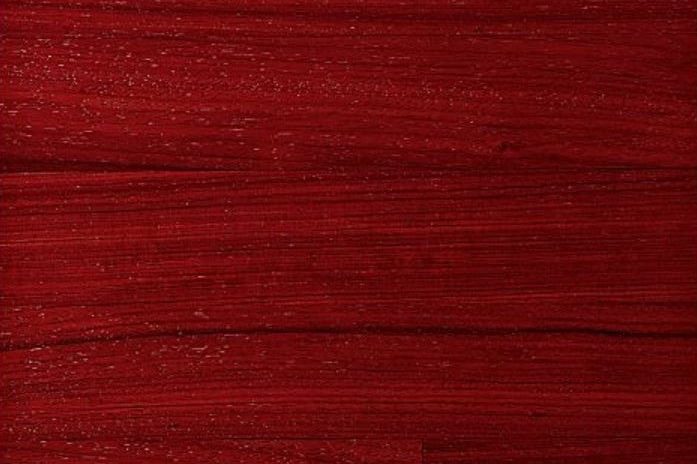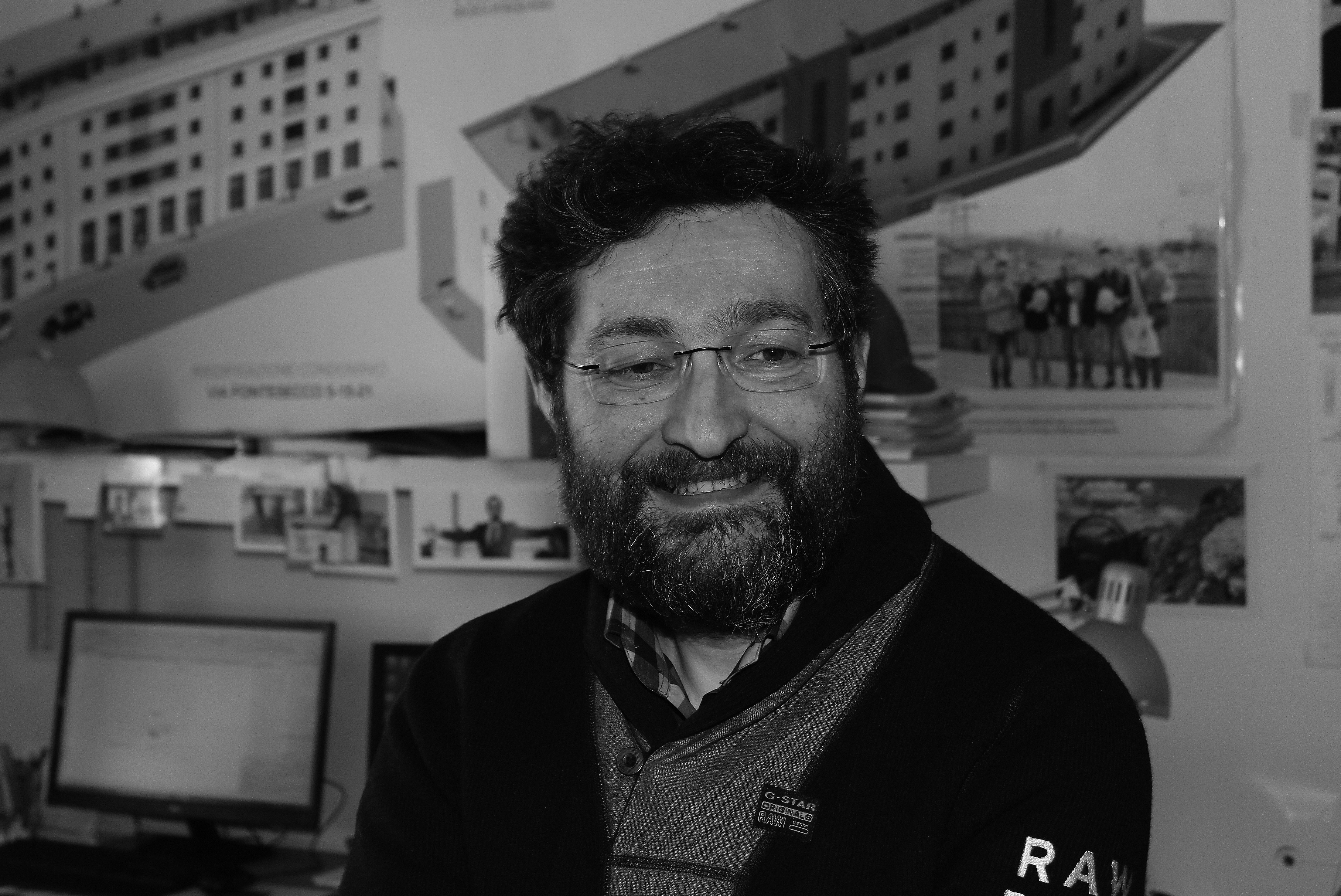Il legno Padouk delle Andamane
The Andaman padouk wood
- 19 Feb 2023

Il padouk delle Andamane (Pterocarpus dalbergoides) è un legno duro della famiglia delle Leguminosae. Negli Stati Uniti è noto anche come Andaman redwood e vermillion wood Gli alberi crescono fino a 24-37 m di altezza e 0,8-1 m di diametro e hanno contrafforti molti larghi. La parte utile del fusto è priva di nodi per una lunghezza anche di 12 m.
L’alburno è sottile e grigio-fulvo, il durame ha un colore variabile da rosa giallastro con linee rosse a un intenso cremisi, quasi rosso sangue. Può anche essere purpureo rossastro talvolta con striature rosse o nere: in entrambi i casi la colorazione muta col tempo in un marrone rossastro. La fibratura è di norma incrociata e su superfici ricavate da taglio sul quarto produce un effetto di rigatino o una figura arricciata . La tessitura è variabile da media a grossolana.
La densità dopo stagionatura è di circa 770 kg/mc. li legno si essicca in forno senza eccessivo degrado ed è eccezionalmente stabile in opera. Presenta media resistenza a flessione, bassa rigidezza e resistenza a impatto e notevole resistenza a rottura. Non è adatto per la sagomatura in presenza di vapore. Offre un’elevata resistenza all’azione dei taglienti e determina un moderato effetto di blunting sugli utensili, soprattutto durante la piallatura di legname tagliato sul quarto e a fibratura incrociata. L’inchiodatura richiede l’esecuzione di pre-fori ma la tenuta delle viti è buona, l’incollaggio soddisfacente. È possibile ottenere eccellenti finiture. Il legno è molto durevole e si distingue per la resistenza al deterioramento. Il durame è moderatamente resistente ai trattamenti di conservazione, l’alburno è permeabile.
Il padouk delle Andamane viene usato per mobiletti di alta qualità, mobili e tavoli da biliardo. È ideale per falegnameria da interni, soprattutto arredi di negozi e banche, e banconi soggetti a usura. È molto usato per realizzare manici ornamentali e dorsi di spazzola mediante tornitura e per sculture e oggetti intagliati. È molto apprezzato anche per falegnameria da esterni e costruzione di barche ed è un legno con cui si ricavano pavimentazioni domestiche di aspetto gradevole e inalterabili. I tronchi vengono tranciati per produrre piallacci decorativi destinati a mobiletti e pannelli. La specie Pterocarpus macrocarpus (padauk della Birmania) ha una densità di 850 kg/mc e viene usata per impieghi analoghi.
Fonti
“Atlante del Legno” – Aidan Walker – Ed. HOEPLI
 Paolo Casilio – ZED PROGETTI srl
Paolo Casilio – ZED PROGETTI srl
The Andaman padouk (Pterocarpus dalbergoides) is a hardwood of the Leguminosae family. In the United States it is also known as Andaman redwood and vermillion wood Trees grow to 24-37 m high and 0.8-1 m in diameter and have very wide buttresses. The useful part of the stem is free of knots for a length of even 12 m.
The sapwood is thin and greyish-fulvous, the heartwood has a variable colour from yellowish pink with red lines to an intense crimson, almost blood red; it can also be reddish purple, sometimes with red or black striae: in both cases, the colouration changes, with the time, in a reddish brown. The grain is usually crossed and on surfaces obtained by cutting on the fourth produces a striped effect or a curled figure. The texture varies from medium to coarse.
The density after seasoning is about 770 kg/mc. The wood dries in the oven without excessive degradation and is exceptionally stable in place. It has medium flexural strength, low stiffness and impact strength and high breaking strength. It is not suitable for shaping in the presence of steam. It offers a high resistance to the action of the cutting edges and determines a moderate blunting effect on the tools, especially during the planing of wood cut on the quarter and with crossed grain. Nailing requires pre-holes to be made, but the screws are well sealed and the gluing is satisfactory. Excellent finishes can be obtained. The wood is very durable and is distinguished by its resistance to deterioration. The heartwood is moderately resistant to conservation treatments, the sapwood is permeable.
The Andaman padouk is used for high quality furniture, furniture and pool tables. It is ideal for interior joinery, especially shop and bank furniture, and wear and tear counters. It is widely used to make ornamental handles and brush backs by turning and for sculptures and carved objects. It is also very popular for outdoor carpentry and boat building and is a wood with which you get domestic flooring of pleasant appearance and unalterable. The logs are cut to produce decorative veneers for furniture and panels. The species Pterocarpus macrocarpus (Burmese padauk) has a density of 850 kg/mc and is used for similar purposes.

